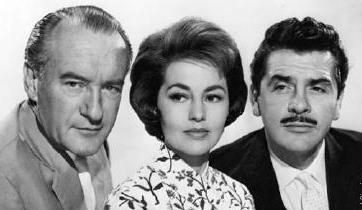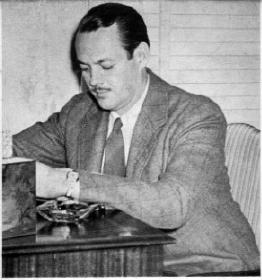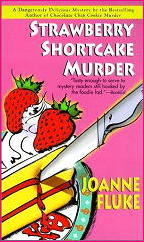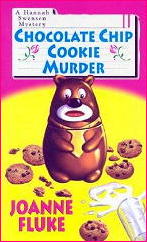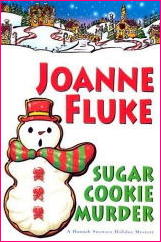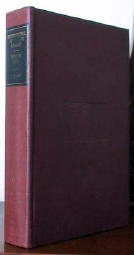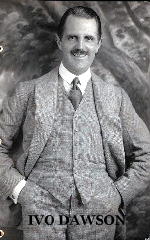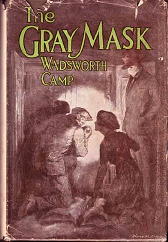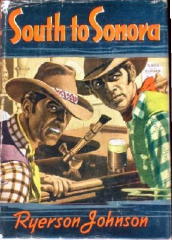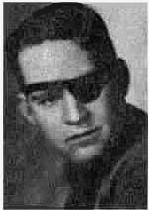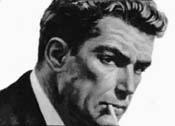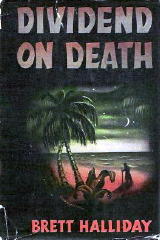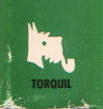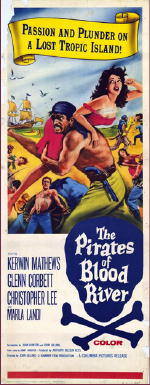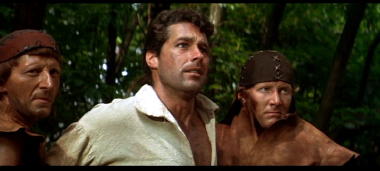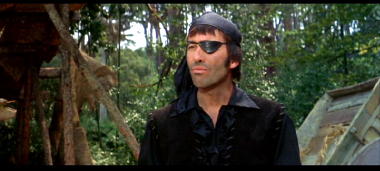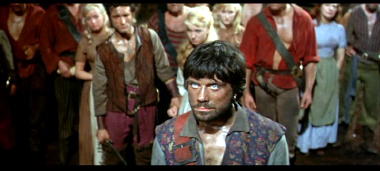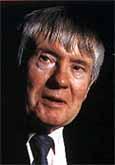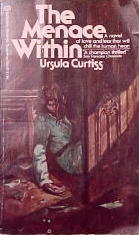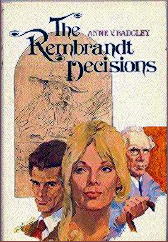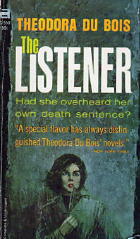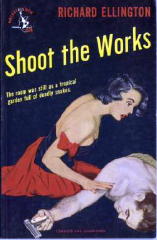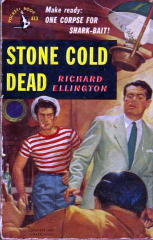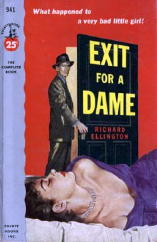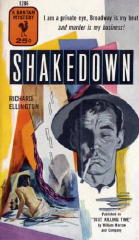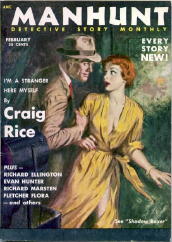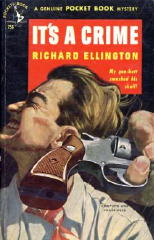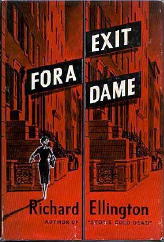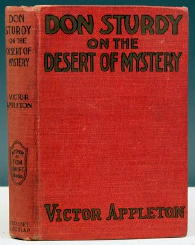Wed 2 Jul 2008
FIVE GOLDEN HOURS. 1961. Ernie Kovacs, Cyd Charisse, George Sanders. Director: Mario Zampi.
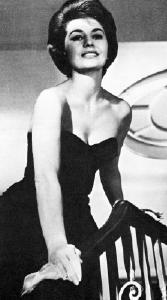
Even though American comedian Ernie Kovacs was a great favorite of mine, he’s not the primary reason for watching this very slight comedy caper of a film made by a largely British crew, and after him, you have no guesses left at all.
Kovacs, of course, was much better known for his work on television, but who knows what sort of success in the movies he might have had, had it not been for his fatal automobile accident in January, 1962. He made only one additional film, a wacky comedy called Sail a Crooked Ship, which premiered just before his death and remains fondly in my memory as a Very Funny Movie.
Perhaps I should leave it there — in my memory, that is — as perhaps I should find it not nearly as side-splitting today as when I was a mere lad barely out of my teens. His mugging in Five Golden Hours is exactly how I remember him, and yet — I barely cracked more than a smile. Subtle, I don’t imagine he ever was.
He’s an assistant funeral director in Italy, you see, and what you might call a professional pallbearer, offering his abundant sympathies to bereaved widows for accommodation and reward: three of them — widows, that is — at the beginning of this movie.
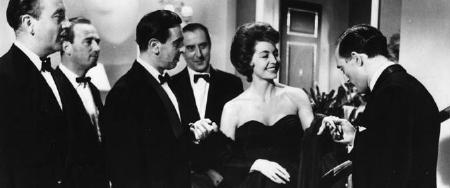
Enter the Baroness Sandra (Cyd Charisse), having just lost her fifth husband, and about to be evicted from her small castle of her home. Enter Aldo Bondi, whose charm seems surprisingly (to him) ineffective. Until, that is, the Baroness decides that she may have a use for him after all.
All is not what it seems. Her latest husband had had a scheme, something to do with the five hours difference in time between financial centers on the continent and New York City, but as the scheme did not work out according to plan, the aforementioned creditors are beginning to circle around.
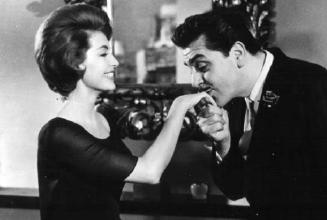
Aldo gladly offers to help. The lady, that is, not the creditors. Enter the rich widows who have most recently been supporting him. Exit the Baroness.
And then, at last, the twists in the plot begin, including an abortive (but funny) attempt at murder. Take George Sanders, for example, whom I have not mentioned before now, as there was no need to, as he does not show up until very nearly the next to the last reel, and then in only one room, the one in the mental institution where … just before one widow … and Bondi has to go off to the monastery where … I told you there were twists, didn’t I?
Too bad that they’re not very interesting ones, and none of them bring Cyd Charisse back on the set for more than another small glimpse or two. What a waste of on-screen talent. They really should have filmed this movie in color, too. Who wants to see the grand Italian countryside in black-and-white?
